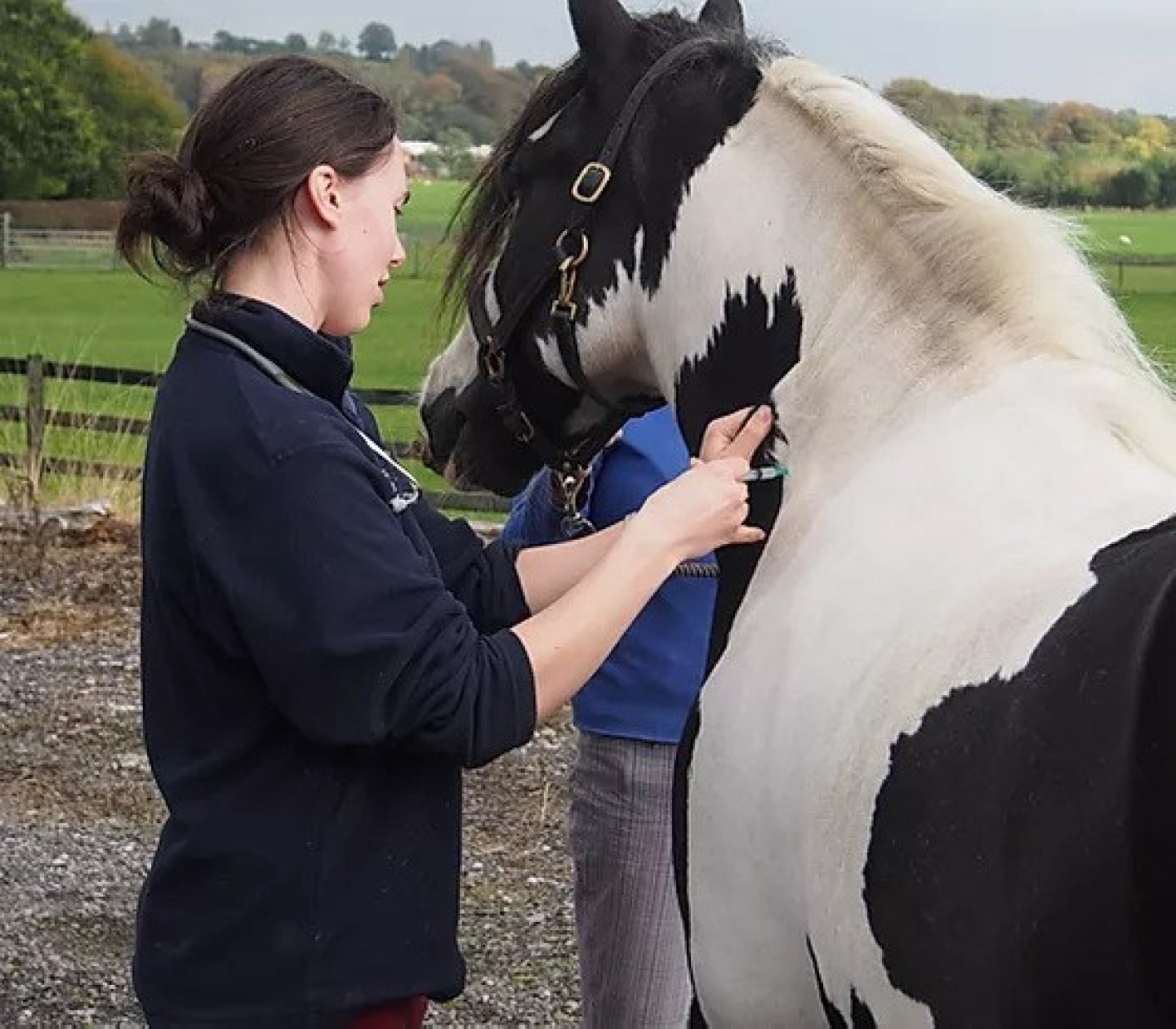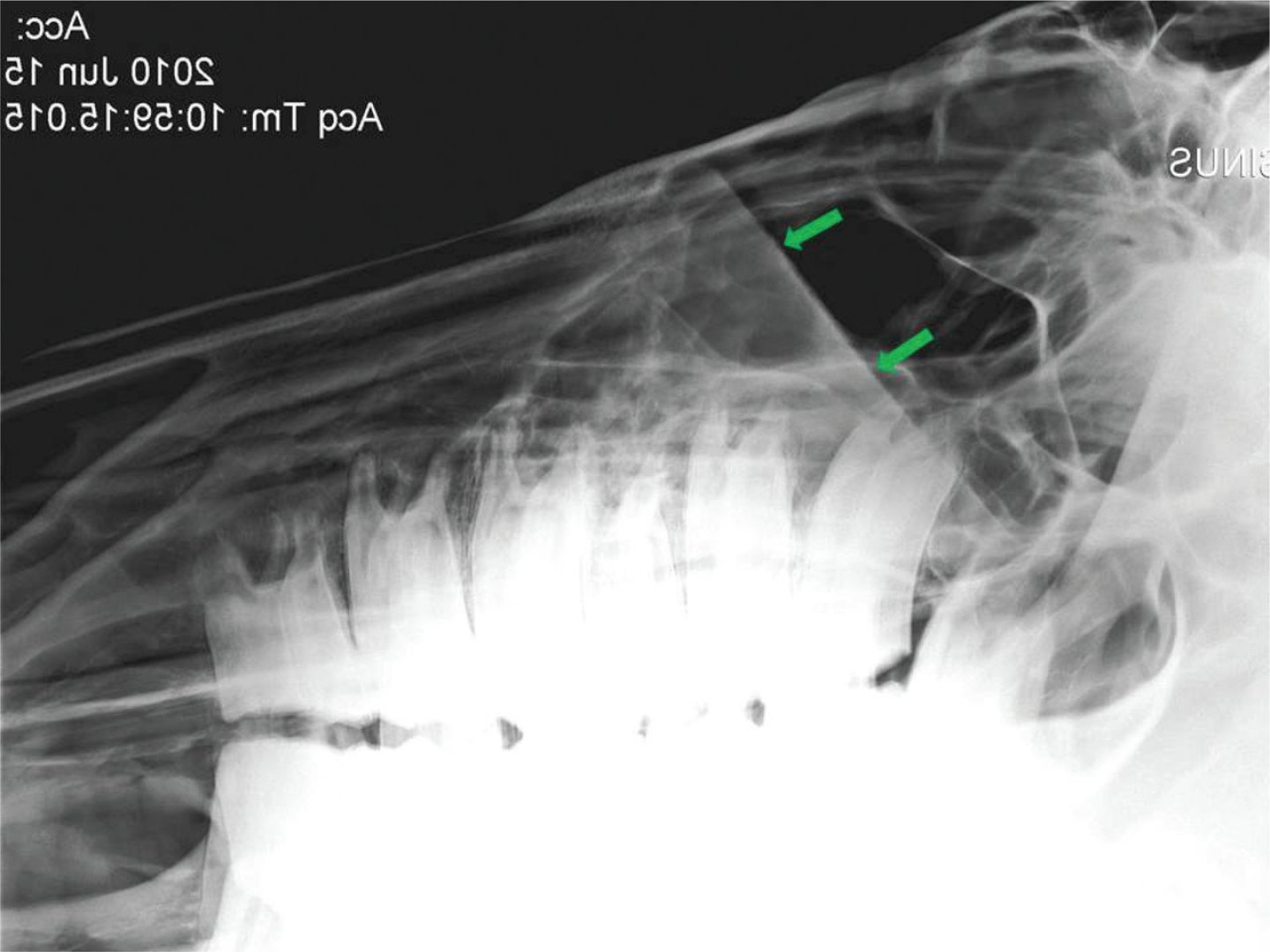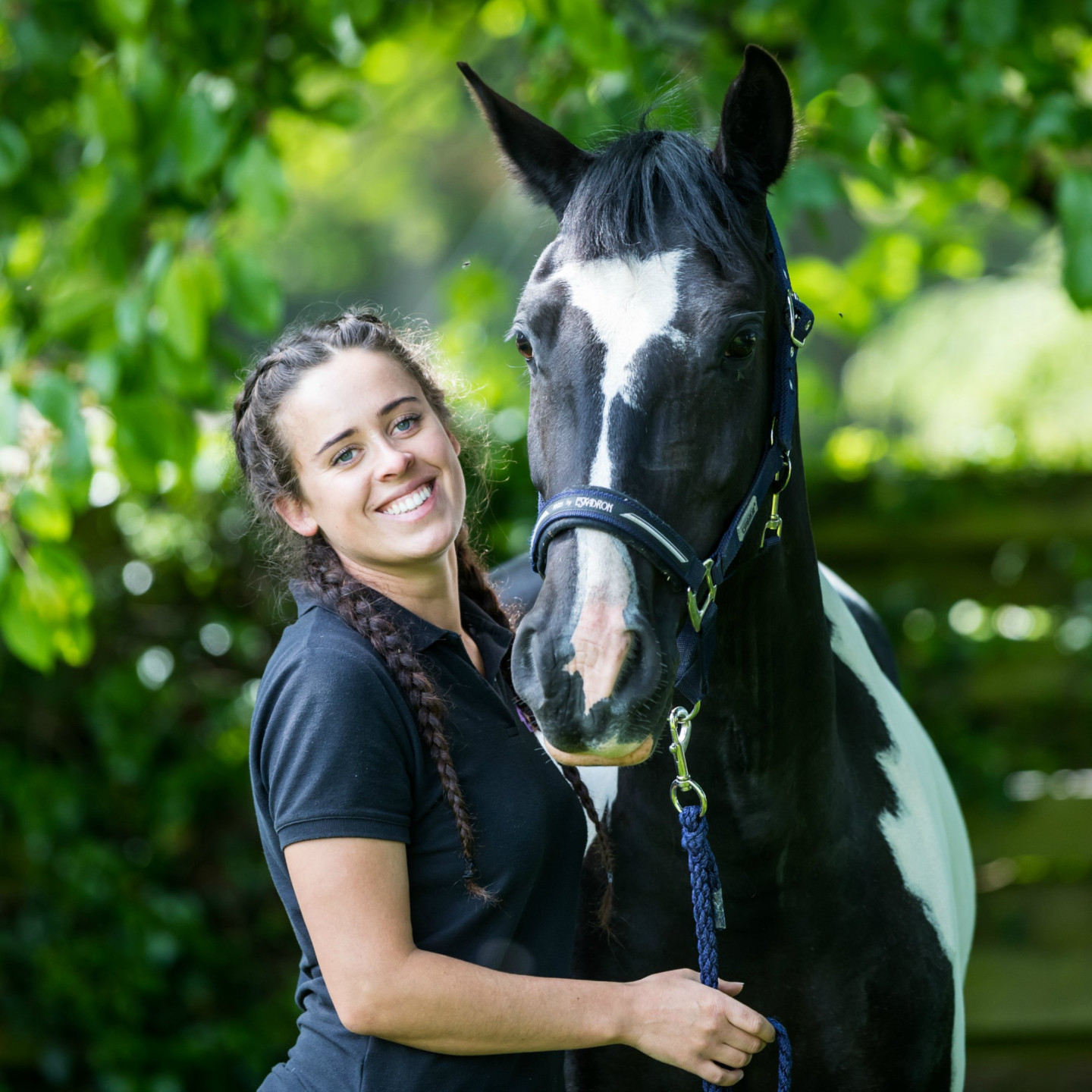Its come back to that time of year when we're just getting to grips with Christmas and New Years being over, where our bank balances are not quite where we'd like them to be and neither are our waist lines! I always find this a good time of year to have a think and remind myself what my horse needs this year and when these things need to be booked in!



